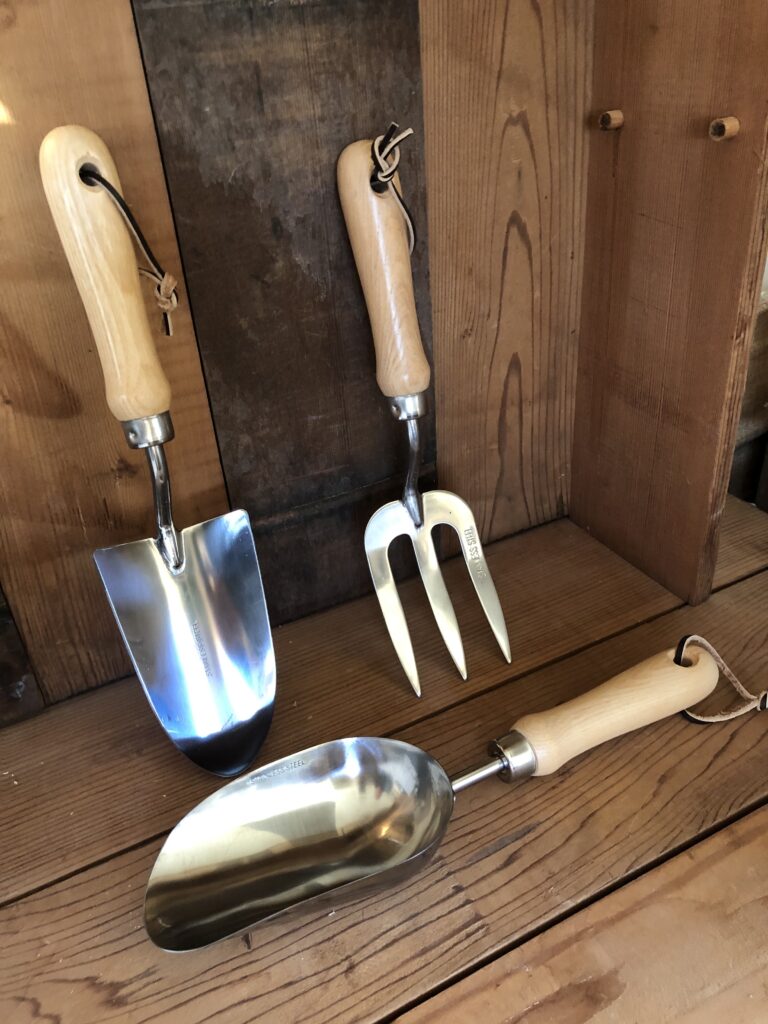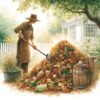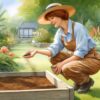Frequently asked gardening questions
Hello fellow green thumbs and budding gardeners! Today, we tackle the top 10 most frequently asked questions on the internet about gardening. Whether you are a novice or an experienced gardener, these questions touch upon the essentials that every gardener needs to know to cultivate a vibrant, healthy garden. Let’s dig right in!
1. How often should I water my plants?
Watering depends largely on the type of plants you have and the climate in your region. Generally, it’s better to water deeply and infrequently to encourage root growth. Check the soil moisture regularly to understand your plants’ water needs. A good rule of thumb is to water when the top 1-2 inches of soil are dry to the touch.
2. What type of soil do I need for my plants?
The ideal soil type varies for different plants. However, a well-draining soil rich in organic matter is a good start for most plants. You might consider getting a soil test to determine the soil’s pH and nutrient levels and amend it accordingly with compost or fertilizers to suit the needs of your specific plants.
3. How do I fertilize my plants?
Fertilizing is vital to supply essential nutrients to your plants. Use a balanced fertilizer that contains all the necessary nutrients, including nitrogen, phosphorus, and potassium. Follow the manufacturer’s instructions on the fertilizer package for the best results. Additionally, incorporating organic matter like compost can be a natural way to nourish your plants.
4. How do I prevent pests and diseases in my garden?
Preventing pests and diseases involves a combination of practices including rotating crops, encouraging beneficial insects, and maintaining proper sanitation by removing dead plants and debris. Ensure your plants receive the right amount of water and nutrients to keep them healthy and more resistant to pests and diseases.
5. What plants are right for my climate?
To choose the right plants for your climate, research the plants that are native to or thrive in your region. Consider factors like hardiness zones, rainfall patterns, and seasonal temperature variations. Your local nursery or extension service can be great resources for personalized advice.
6. How do I start a vegetable garden?
Starting a vegetable garden involves choosing a sunny location, preparing the soil properly, and selecting the right vegetable varieties for your region. Start with easy-to-grow vegetables like tomatoes, lettuce, and carrots. Plant at the right time of year and ensure regular maintenance including watering, weeding, and protecting your crops from pests.
7. How do I care for indoor plants?
Caring for indoor plants involves providing the right amount of light, watering appropriately, and maintaining humidity levels. Choose plants suited for indoor environments and place them in locations where they receive adequate light. Ensure you have well-draining soil and pots with drainage holes to prevent waterlogging.
8. How do I propagate plants?
Plant propagation can be achieved through various methods such as seeds, cuttings, division, or layering. Research the specific propagation method that works best for the plant you wish to propagate. For many plants, taking a healthy cutting and rooting it in soil or water is a simple and effective method.
9. What are the best gardening tools?
A well-equipped gardener should have a few essential tools including a sturdy pair of pruning shears, a hoe for weeding and soil preparation, a spade, a garden fork for loosening soil, and a good-quality watering can or hose. Keep your tools clean and sharp to ensure their longevity and effectiveness.
10. How do I design a garden?
Designing a garden involves planning the layout considering the sunlight, soil type, and water availability. Sketch out your garden space and choose plants that complement each other in terms of color, texture, and growth habits. Remember to factor in pathways and seating areas to create a garden that is both beautiful and functional.
11. How do I maintain a garden?
Garden maintenance involves regular watering, weeding, pruning, and fertilizing to keep your plants healthy. Develop a routine for your garden tasks and monitor your plants regularly for signs of pests and diseases. Consider mulching to retain moisture and reduce weeds.
Conclusion
Gardening is a journey of learning and discovery. As you cultivate your garden, you’ll find your own rhythms and methods that work best for you and your plants. We hope this blog post has answered some of your burning questions and helped pave the way for a fruitful gardening adventure. Happy gardening!












You must be logged in to post a comment.